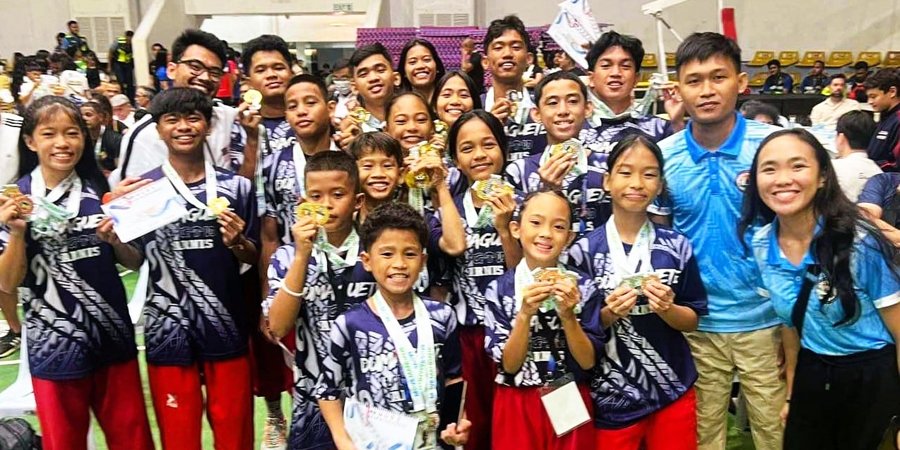Mayor Felipe Antonio Remollo commended July 30 the Dumaguete Arnis Team for winning 24 gold, 19 silver, and 13 bronze medals in the Juniors Division of the 17th World Eskrima Kali Arnis Federation (WEKAF) Championships 2024, held in Mandaue City, Cebu from July 21 to 27.
Remollo underscored his strong support to the grassroots sports development program that produces young and promising arnis players, who continue to bring honor and prestige to Dumaguete City.
City Sports and Youth Development coordinator Ike Xavier Villaflores also noted in a city press release that Dumaguete’s arnisadores competed against teams with experienced players in the popular Filipino martial arts, and garnered more medals than in the past years.

Arnis was declared as the National Martial Art and Sport of the Philippines, under Republic Act 9850, approved by then president Gloria Macapagal-Arroyo on Dec. 11, 2009.
Arnis, also known as eskrima, kali, garrote and other names in various regional languages, is an indigenous Filipino martial art and sport characterized by the use of swinging and twirling movements, accompanied by striking, thrusting and parrying techniques for defense and offense.
This is usually done with the use of one or two sticks, any similar implements, or with bare hands and feet also used for striking, blocking, locking and grappling, with the use of the same principle as that with the canes, RA 9850 states.
Senator Juan Miguel Zubiri, principal author of RA 9850, organized the Philippine Eskrima Kali Arnis Federation in 2017, which eventually won the nod of the Philippine Olympics Committee as the National Sports Association (NSA) for arnis.
In the SEA Games in Phnom Penh, Cambodia in 2023, Filipino athletes dominated the national martial art and sport with six gold, two silver, and four bronze medals.
“Coming together as a national team took a lot of effort, resources, and motivation from all Filipino arnisadores,” Zubiri, who traces his roots to Negros, had said in a Senate press release. “Our underlying strength comes from a deep history kept alive by our present-day grandmasters. The present crop of arnis athletes and coaches drew a lot from the legacy of all arnis styles from all parts of the country.” ||




